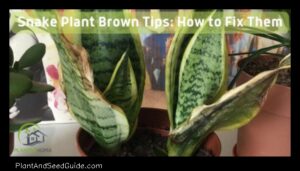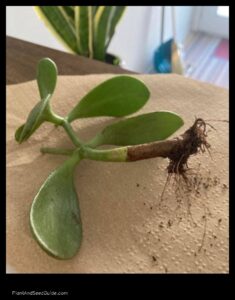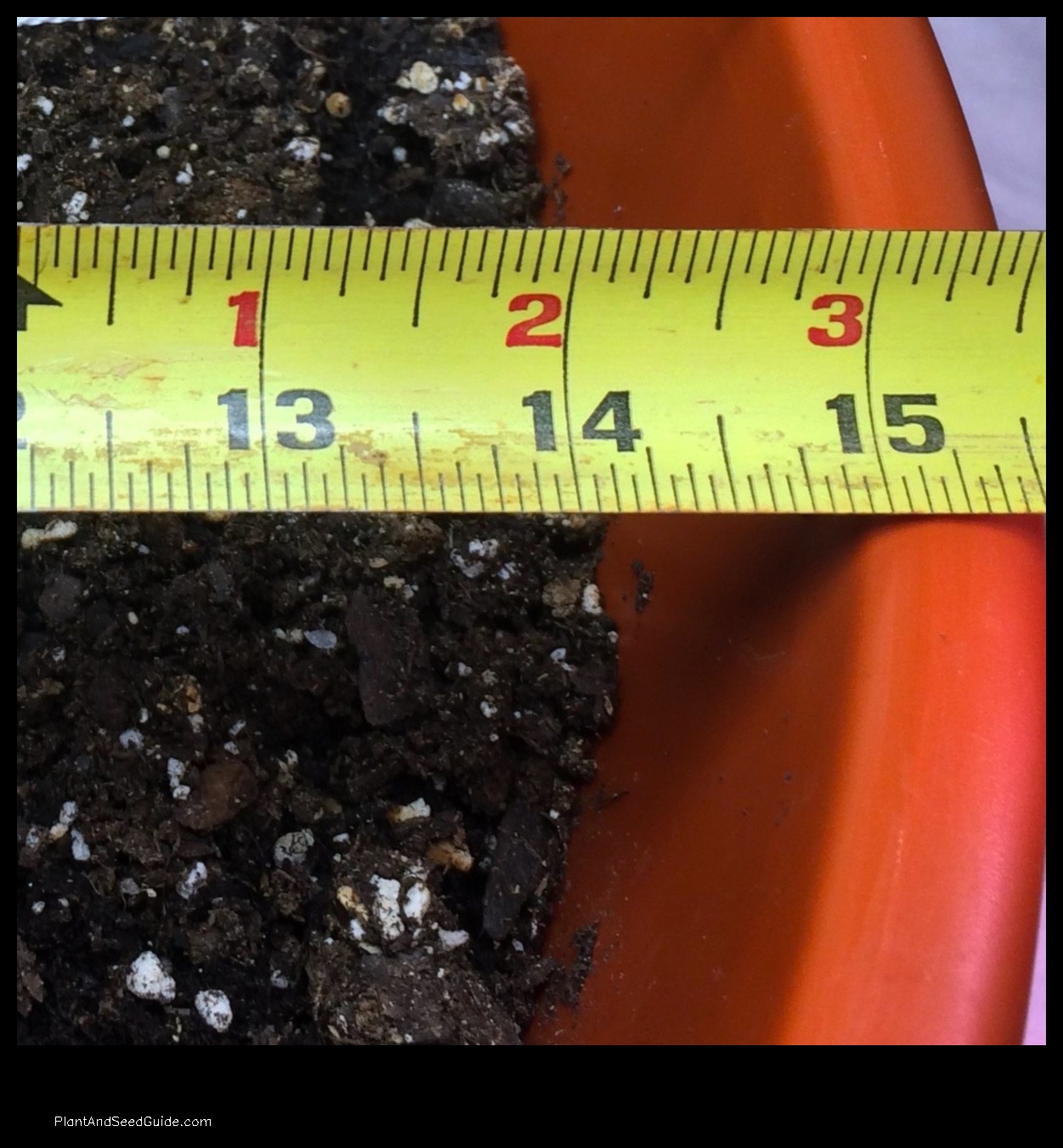
</p>
How to Measure a Pot for a Plant
This guide will teach you how to measure a pot for a plant. You will learn how to measure the plant’s roots, calculate the pot’s volume, and choose a pot that is the right size for the plant’s mature size.
The size of the pot is an important factor in the health of your plant. A pot that is too small will restrict the plant’s roots and prevent it from growing to its full potential. A pot that is too large will allow the roots to spread out too much and can lead to waterlogging and root rot.
The best way to determine the right size pot for your plant is to measure the plant’s roots. To do this, carefully remove the plant from its pot and gently spread out the roots. Then, measure the longest root.
Once you have measured the plant’s roots, you can calculate the volume of the pot you need. To do this, multiply the length of the longest root by the width of the root ball and the height of the pot.
For example, if the longest root is 12 inches long, the width of the root ball is 8 inches, and the height of the pot is 6 inches, then the volume of the pot you need is 576 cubic inches.
IWhat you need
To measure a pot for a plant, you will need the following materials:
- A ruler or tape measure
- A pencil
- Paper
Steps to measure a pot
To measure a pot for a plant, follow these steps:
- Remove the plant from the pot.
- Gently spread out the roots.
- Measure the longest root.
- Multiply the length of the longest root by the width of the root ball and the height of the pot.
- Round the result to the nearest whole number.
How to measure a plant
To measure a plant, you will need the following materials:
- A ruler or tape measure
- A pencil
- Paper
To measure a plant, follow these steps:
- Gently remove the plant from its pot.
- Place the plant on a flat surface.
- Measure the height of the plant from the top of the soil to the top of the leaves.
- Measure the width of the plant at its widest point.
- Round the results to the nearest whole number.
Potting soil and drainage
The type of potting soil and drainage you use is important for the health of your plant. Potting soil should be well-draining and aerated to allow excess water to drain away from the roots. Drainage holes in the bottom of the pot are also important to prevent waterlogging.
You can make your own potting soil by mixing equal parts of potting mix, perlite, and vermiculite. You can also buy pre-made potting soil from a garden center.
VPotting size and plant growth
The size of
| Pot size | Plant size |
|---|---|
| Small | Small plants, seedlings, or cuttings |
| Medium | Medium-sized plants |
| Large | Large plants |
| Extra-large | Very large plants |
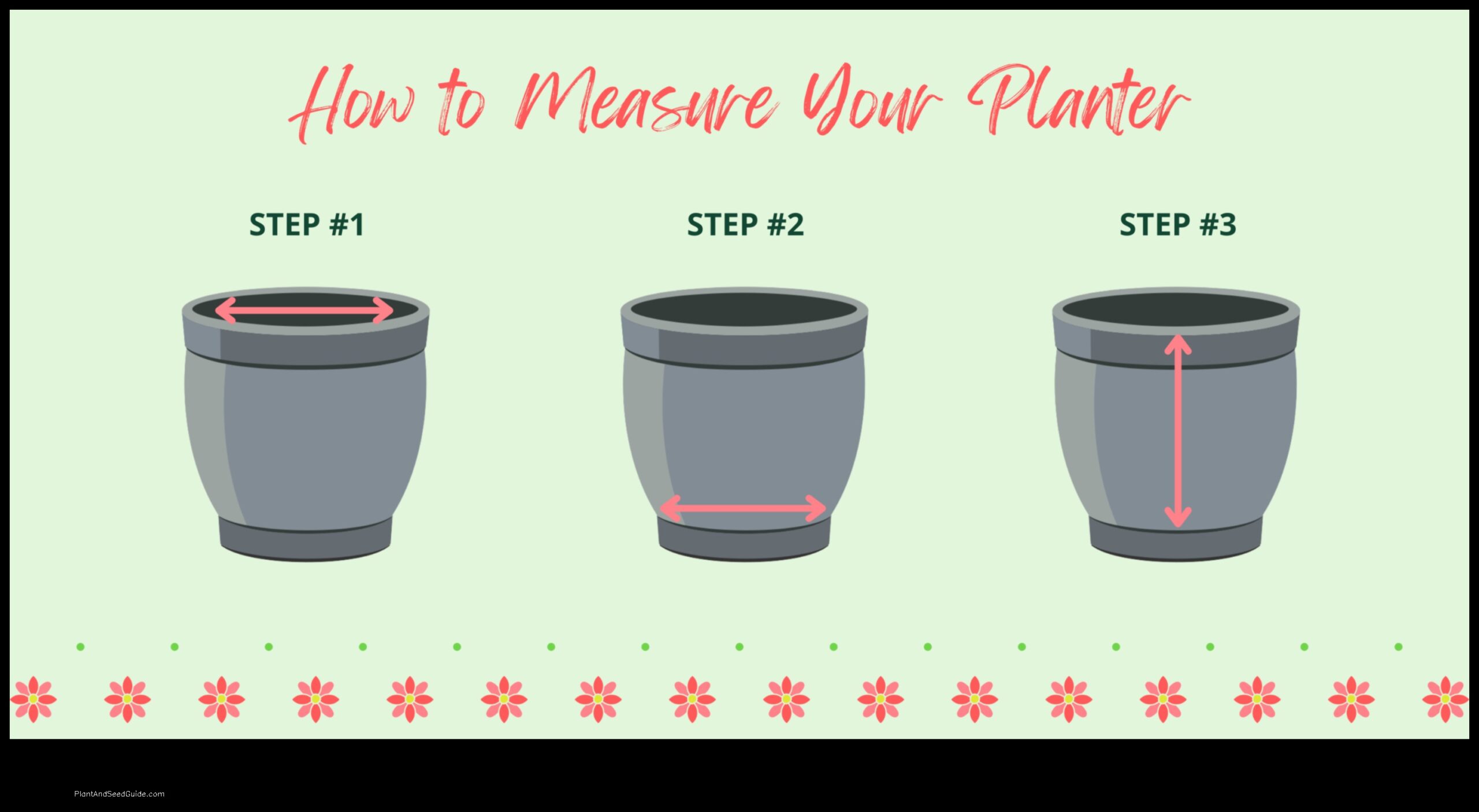
IWhat you need
To measure a pot for a plant, you will need the following:
- A ruler or tape measure
- A pencil
- A piece of paper
Steps to measure a pot
To measure a pot, you will need the following:
- A ruler or measuring tape
- A pencil
- A piece of paper
Once you have gathered your materials, follow these steps to measure your pot:
- Place the pot on a flat surface.
- Measure the diameter of the pot at the widest point.
- Measure the height of the pot from the top of the rim to the bottom of the pot.
- Record your measurements on a piece of paper.
You can now use these measurements to choose a pot that is the right size for your plant.
How to measure a plant
To measure a plant, you will need to:
- A ruler or measuring tape
- A pencil
- A piece of paper
To measure the height of the plant, place the ruler or measuring tape vertically next to the plant and measure from the top of the soil to the top of the plant.
To measure the width of the plant, place the ruler or measuring tape horizontally next to the plant and measure from one side of the plant to the other.
To measure the depth of the pot, place the ruler or measuring tape vertically inside the pot and measure from the top of the soil to the bottom of the pot.
Once you have measured the plant and the pot, you can compare the two measurements to determine if the pot is the right size for the plant.
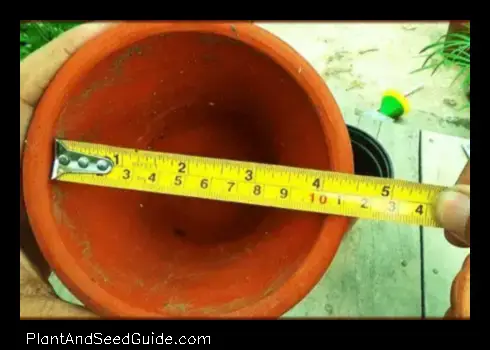
Potting soil and drainage
Potting soil is a mixture of materials that provides nutrients and drainage for plants. The type of potting soil you use will depend on the type of plant you are growing.
For most plants, a well-draining potting soil that is rich in organic matter is a good choice. Organic matter helps to improve drainage and aeration, and it also provides nutrients to the plant.
Some plants, such as succulents and cacti, require a potting soil that is more gritty and well-draining. This type of soil helps to prevent the roots of these plants from rotting in wet soil.
Drainage is important for all plants, as it helps to prevent the roots from sitting in waterlogged soil. If the roots are constantly wet, they can become waterlogged and rot. This can lead to the death of the plant.
To ensure good drainage, make sure that the pot you are using has drainage holes in the bottom. You can also add a layer of gravel or pebbles to the bottom of the pot to help improve drainage.
When watering your plants, it is important to only water them until the soil is moist. Do not overwater your plants, as this can lead to root rot.
VPotting size and plant growth
The size of the pot you choose for your plant will affect how quickly it grows.
A pot that is too large will allow the roots to spread out too much, which can lead to problems such as root rot.A pot that is too small will restrict the plant’s roots and prevent it from growing to its full potential..
The general rule of thumb is to choose a pot that is about 2 inches wider and deeper than the plant’s root ball. This will give the roots enough room to grow without becoming cramped.
However, there are some exceptions to this rule. For example, some plants, such as succulents, do not require as much space for their roots. Conversely, some plants, such as orchids, need a pot that is larger than their root ball in order to thrive.
If you are unsure about what size pot to choose for your plant, it is always best to err on the side of caution and choose a pot that is slightly larger than the plant’s root ball. This will give the roots plenty of room to grow without becoming cramped.
Repotting plants
Repotting plants is an important part of plant care, as it allows the roots to grow and the plant to thrive. When a plant outgrows its pot, it will start to show signs of stress, such as wilting leaves, yellowing leaves, and stunted growth. If you notice these signs, it’s time to repot your plant.
To repot a plant, you will need:
- A new pot that is one size larger than the current pot
- Potting soil that is well-draining
- A watering can
- A trowel or other digging tool
To repot your plant, follow these steps:
- Gently remove the plant from its current pot.
- Loosen the roots of the plant by gently teasing them apart.
- Place the plant in the new pot.
- Fill in around the roots with potting soil.
- Water the plant thoroughly.
Repotting plants is a simple task that can help your plants thrive. By following these steps, you can ensure that your plants have the space and nutrients they need to grow healthy and strong.
Choosing the right pot
The right pot size for a plant depends on the plant’s mature size, the type of plant, and the growing conditions.
To choose the right pot size, start by measuring the plant’s root ball. The pot should be at least 2 inches wider and deeper than the root ball.
For plants that will grow to be large, choose a pot that is 1-2 sizes larger than the root ball. For plants that will stay relatively small, choose a pot that is the same size as the root ball.
Some plants, such as succulents and cacti, do not need a lot of soil. For these plants, you can choose a pot that is only slightly larger than the root ball.
The type of plant also affects the pot size. Plants that need a lot of water, such as ferns and tropical plants, do best in pots with drainage holes. Plants that do not need a lot of water, such as succulents and cacti, can do well in pots without drainage holes.
The growing conditions also affect the pot size.
For plants that are grown in bright, sunny conditions, choose a pot that is slightly larger than the root ball and has drainage holes. For plants that are grown in shady conditions, choose a pot that is the same size as the root ball and does not have drainage holes.Plants that are grown in bright, sunny conditions need more water than plants that are grown in shady conditions..
Choosing the right pot
The right pot size for a plant depends on the plant’s size, growth rate, and watering needs.
Generally, you should choose a pot that is 2-3 inches wider and deeper than the plant’s root ball. This will give the plant enough room to grow and develop its roots.
For fast-growing plants, you may need to repot the plant more often. For slow-growing plants, you may be able to get away with repotting the plant less often.
If you are not sure what size pot to choose, you can always err on the side of caution and choose a pot that is slightly larger than the plant’s root ball. This will give the plant plenty of room to grow and develop its roots.
FAQ
Q: What is the best way to measure a pot for a plant?
A: There are a few different ways to measure a pot for a plant.
The best way to measure a pot will depend on the type of plant you are growing and the size of the pot you are using.You can measure the diameter of the pot, the height of the pot, or the volume of the pot..
Q: How do I measure the diameter of a pot?
A: To measure the diameter of a pot, you will need a ruler or tape measure. Place the ruler or tape measure across the widest part of the pot and read the measurement.
Q: How do I measure the height of a pot?
A: To measure the height of a pot, you will need a ruler or tape measure. Place the ruler or tape measure inside the pot and measure from the bottom of the pot to the top of the rim.
- Wild Rose Country: Exploring Untamed Beauty - July 15, 2024
- Wildflower Nursery Decor: Bringing Nature Indoors - July 15, 2024
- Young Sprout of Grass: Nurturing New Life - July 15, 2024




